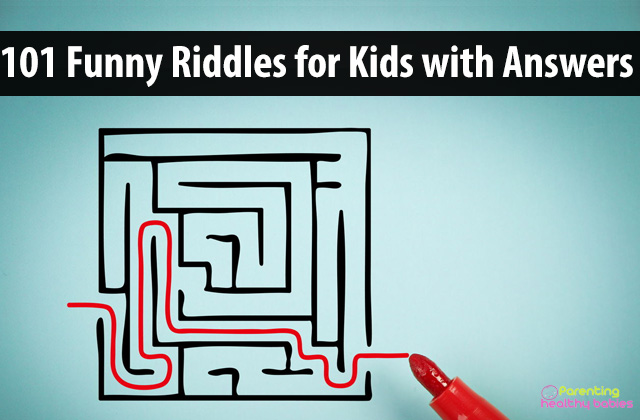Sandifer syndrome is a gastrointestinal problem that is associated with gastroesophageal reflux (GER). Abnormal movement of the head, neck, and upper part of the trunk are other simultaneous symptoms found in this syndrome.
It is a movement disorder that mainly affects infants. There are some strange postures that a baby experiences usually after the baby eats. Symptoms of Sandifer syndrome usually resolve as the baby grows in age. This is not a neurological condition, but the unusual neck movements often look like epileptic seizures, but they are not.
This given article tells about the symptoms, causes, and treatment of Sandifer syndrome in babies.
In This Article:
- How Common Is Sandifer Syndrome?
- Symptoms Of Sandifer Syndrome
- Causes Of Sandifer Syndrome
- Diagnosis of Sandifer Syndrome
- Treatment Of Sandifer Syndrome
How Common Is Sandifer Syndrome?
The exact prevalence is not known according to the US National Institute of Health. But it is considered that this condition is rare. Infants and children mostly have this syndrome. Though it is uncommon, it’s prognosis is good.
Symptoms Of Sandifer Syndrome
The main characteristic symptoms of Sandifer’s syndrome in babies are dystonia and torticollis. When the head of the baby is titled sideward and the chin of the baby rotates on the opposite side of the tilt, this is known as torticollis.
If there are repetitive and patterned muscle contractions that cause abnormal posturing, this is dystonia.
The symptoms of Sandifer’s syndrome are as follows, and these symptoms exacerbate after eating food.
- Rotation of the head
- Gurgling sounds
- Anemia
- Stomach pain
- Blood in vomiting
- Vomiting
- Coughing
- Trouble sleep
- Choking
- Writhing movement of limbs
- Muscle weakness
- Deviated eyes
- Arching of the spine
- Reduced appetite
- Weight loss
- Breath-holding spells
- Constant irritability
- Recurrent pneumonia
The symptoms may last in one to three minutes but might occur ten times in a day. You should consult a doctor if you notice these symptoms in your baby.
Causes Of Sandifer Syndrome
The exact cause of Sandifer syndrome is not known. However, it is estimated that gastroesophageal reflux is often attributed as the cause of Sandifer’s syndrome. There are pain and discomfort due to acid reflux and as a response to this pain jerky movements occur. This pain and discomfort of the reflux are relieved by an arched and stretched posture.
In babies, the muscle which prevents entry of stomach content into the esophagus is immature due to which they get gastroesophageal reflux disease. Heartburn and vomiting are there because the muscle relaxes when it should be tightly closed, due to which stomach content regurgitate in the esophagus. Reflux is also caused by hiatal hernia when the stomach pushes up into the chest cavity. Reflux is more in babies because they consume a liquid diet.
Diagnosis of Sandifer Syndrome
A doctor will perform a physical examination and asks the mother about the baby’s behaviour to diagnose Sandifer syndrome. A test is done to measure the flow of fluids, air, and solids in the esophagus which is named MII (multichannel intraluminal impedance). To diagnose gastroesophageal reflux, doctors do this test along with pH testing, using a catheter.
Some other tests are also performed by the doctor just to rule out other conditions. CT scan is done to detect any muscle abnormality and video-EEG will show any seizure activity.
The principle method to evaluate the mucosa of the esophagus is upper esophageal endoscopy. To determine the quantity of acid reflux esophageal pH monitoring is done over 24 hours.
As these procedures require overnight hospitalization, they are recommended by the doctor only if they are necessary. The presence of GER along with dystonia and torticollis indicates Sandifer’s syndrome.
Treatment Of Sandifer Syndrome
Dietary changes are recommended by the doctor if there is a suspicion of Sandifer’s syndrome, this is done to stop the acid reflux. To manage GER and Sandifer’s syndrome following are the changes which are suggested by the doctor:
- A mother should avoid overfeeding the baby.
- After feeding, the baby should be kept upright for half an hour.
- If cow milk allergy is suspected then cow milk products should be avoided by the breastfeeding mothers.
- If an allergy is suspected then switch to extensively hydrolyzed protein.
- An Anti-reflux formula might be advised in some cases.
- Avoid exposure of the baby to second-hand tobacco smoke.
The doctor might recommend acid suppression medications if all the above changes do not help. Acid suppression medications are as follows:
- Cimetidine, famotidine, nizatidine, or ranitidine which are H2 receptor blockers.
- Proton pump inhibitors like esomeprazole.
Surgical interventions are recommended very rarely when none of these works. If none of the above works, then Nissen’s fundoplication is done. In this, the upper part of the stomach is wrapped around the lower part of the esophagus to create a tight valve that stops reflux. This surgery has a high rate of satisfaction.
Sources:













